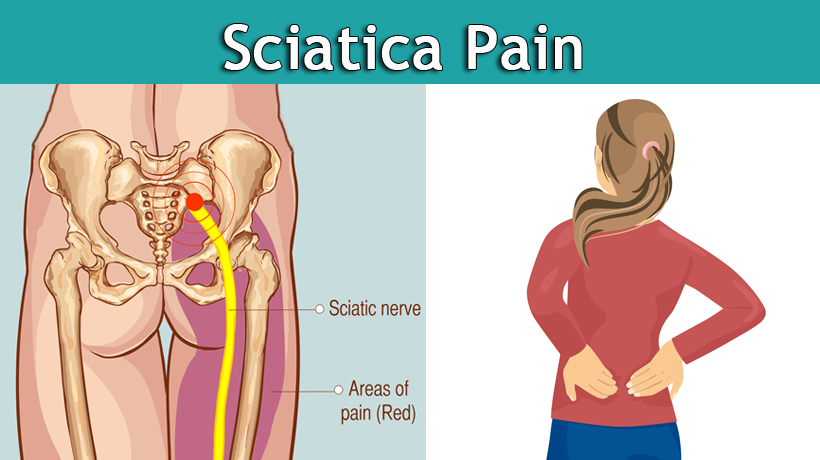Sciatica refers to symptoms of leg pain and possible tingling, weakness, or numbing that originates in the lower back and travels through the buttock and leg, as stated by the website, Spine Health. It usually occurs when a herniated disk or narrowing on the spine compresses on part of the nerve. Because of this, inflammation and numbness can affect one’s leg, according to Mayo Clinic. Sciatica is a symptom of an underlying medical condition, which usually begins in the lower back.
Symptoms of sciatica
When suffering from sciatica, patients find that pain is worse when sitting or standing. The pain improves when lying down or walking. There is difficulty to stand up and walk normally. Pain is usually aggravated by sneezing or coughing. Here are a few other symptoms:
- Sharp, shooting pain in the hip, butt, or legs
- Weakness in lifting your big toe or ankle up
- Difficulty raising the heels off the ground
- Numbness or pins and needles in leg and foot
How is sciatica diagnosed?
- A doctor will assess your neurological function by checking the strength and reflexes in your legs.
- A rectal examination may be performed if loss of bowel movement or bladder control is being experienced.
- X-rays may be taken to check if there are any changes to the bones of the spine and pelvis. This also helps to rule out tumors and infections.
- A CT scan or MRI may be helpful if your doctor wants to assess the nerves, discs, and spine in greater detail.
Treatment options
There are three treatment options people with sciatica can try.
Physiotherapy: Depending on the patient’s level of pain — chiropractic treatment, massage, acupuncture, or physical therapy may benefit the individual.
Moderate activity: Heavy, physical activity should be avoided. However, maintaining moderate levels of activity assist pain and recovery by reducing inflammation.
Muscle relaxant: If muscle spasms are thought to be the cause of the pain, relaxant medications may be prescribed.
As a last resort, surgical procedures may be performed under extreme conditions of sciatica. The operation that is performed for sciatica that is caused by a ruptured disc is called a “partial discectomy.” First, an X-ray is taken of your lower back, to identify the problem area. Under general anesthesia, a small incision is made in the back. The muscles and underlying ligaments are pushed to the side. The fragments of the ruptured disc are then removed.
Nine out of 10 people experience relief of symptoms after undergoing this surgical procedure.
Self-care
- Rest, but not for extended periods of time.
- Engage in proper posture.
- Use ice packs.
- Take a warm baths.
- Try gentle exercises to strengthen your lower back.
If you believe you are suffering from sciatica, consult with your physician.
Sources:
https://www.spine-health.com/conditions/sciatica/what-you-need-know-about-sciatica
https://www.ansellchiropractic.com.au/complete-sciatica-guide/
https://www.mayoclinic.org/diseases-conditions/sciatica/symptoms-causes/syc-20377435



